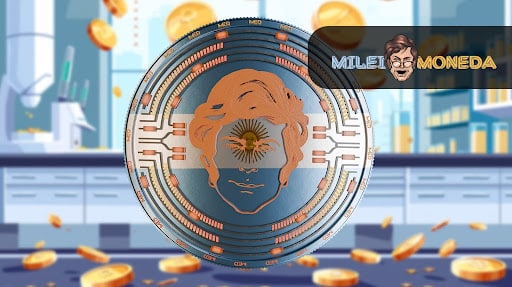Robin Linus, the author of the white paper, has founded BitVM’s architectural framework on Ethereum’s optimistic rollups with fraud proofs and recent advancements in Merkle trees.
A Bitcoin developer has proposed an innovative method to introduce more expressive off-chain smart contracts to Bitcoin, all without necessitating a soft fork.
Announced in a white paper dated October 9th, titled “BitVM: Compute Anything on Bitcoin” by Robin Linus, the leader of the ZeroSync project, BitVM empowers Bitcoin with Turing-complete contracts while preserving Bitcoin’s core consensus rules.
Turing completeness signifies the capability to theoretically solve any computational problem. With BitVM, Bitcoin contract logic is executed off-chain, while verification remains on the Bitcoin network, mirroring Ethereum’s optimistic rollups.
BitVM’s structure is rooted in fraud proofs and a challenge-response model, wherein a “prover” makes claims and a “verifier” performs fraud proofs to penalize the prover for false assertions.
Linus elucidates that Bitcoin, in its current state, is confined to fundamental operations such as signatures, timelocks, and hashlocks. However, BitVM promises to expand these capabilities, enabling various intriguing applications.
These potential applications encompass games like Chess, Go, or Poker, and crucially, the validation of Bitcoin contract proofs.
Additionally, it might become feasible to bridge BTC to other blockchain networks, establish a prediction market, or simulate novel opcodes, according to Linus.
Linus acknowledges that the model’s limitation lies in its confinement to a two-party setting, involving a prover and a verifier, and necessitating a substantial amount of off-chain computation and communication to execute programs.
The next significant milestone, as Linus points out, is the complete implementation of BitVM and Tree++, a high-level programming language designed for composing and debugging Bitcoin contracts.
BitVM’s functionality is made possible through the Taproot soft fork, which was enacted in November 2021.
Linus credits Ethereum’s research into optimistic rollups and a study on Merkle trees as valuable contributions to the eight-page white paper.
The Bitcoin community’s response to BitVM has been mixed:
- Eric Wall, a prominent Bitcoin enthusiast, took to Twitter to express his positive sentiment towards the concepts outlined in the BitVM white paper, cautiously anticipating real-world experiments.
- Bitcoin analyst Dylan LeClair was also impressed with the white paper.
- However, Adam Back, a Bitcoin Core contributor, cautioned against premature excitement regarding this development.
- A builder in the blockchain sphere, “dotta,” noted the existence of a proof-of-concept on GitHub.
- Sam Parker, another user, sought to allay the concerns of Bitcoin maximalists, clarifying that BitVM does not mandate locking Bitcoin into these contracts and remains an opt-in feature.
- Others, like “Psage,” believe that BitVM will be among the factors propelling Bitcoin’s price in the upcoming bull market.















